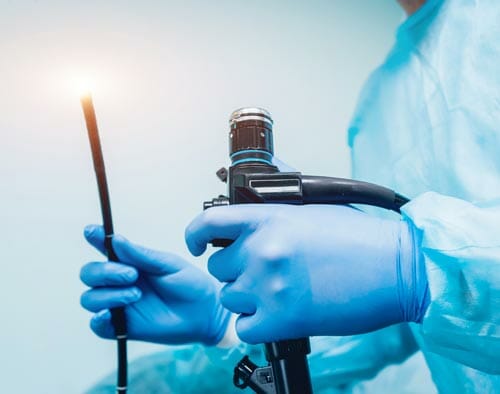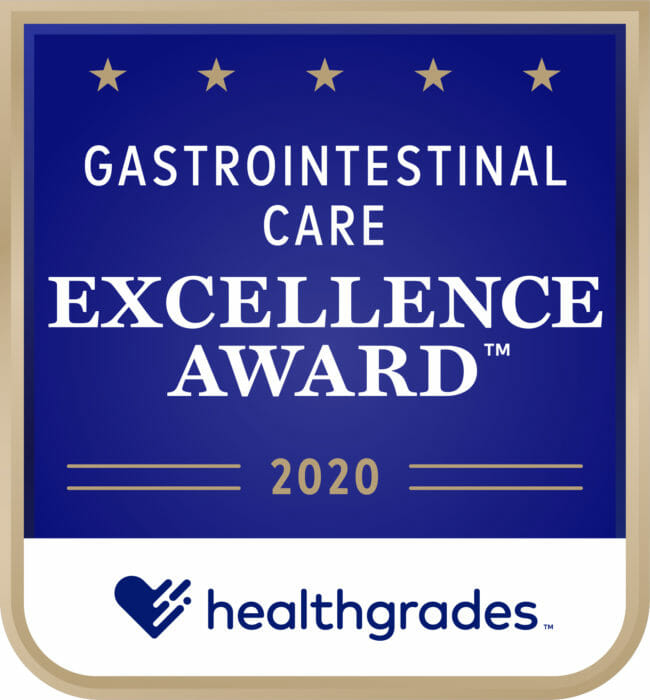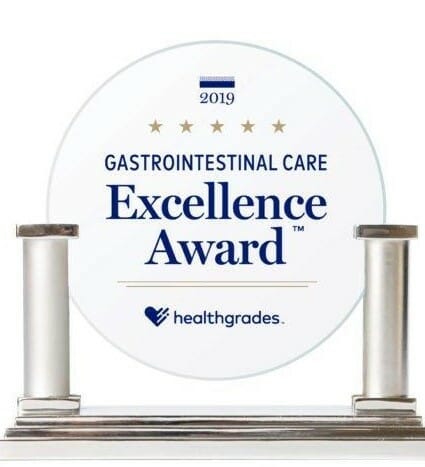Colonoscopy
QUICK LINKS

What is a Colonoscopy and What Purpose Does It Serve?
A doctor uses a colonoscopy to look at the lining of your colon (large intestine) to look for changes or abnormalities. This exam can help to diagnose symptoms or screen for colon cancer or areas that could become cancerous. The doctor uses a colonoscope, which is a long, flexible tube that has a tiny light and camera on the end. He or she inserts the tube into your rectum and guides it into your large intestine. There, the doctor can look at the inside of your colon and remove samples from any polyps (growths) or areas that don’t look right.
Your doctor may recommend you have a colonoscopy to help find the cause of abdominal pain, chronic constipation or diarrhea, or rectal bleeding.
Medical experts recommend that everyone have a colonoscopy as a routine procedure beginning at age 50 and then every 10 years after that. During a routine colonoscopy, the doctor will look for signs of colon cancer, plus look for and remove any small growths called polyps. Sometimes these polyps can become cancerous. If you have a family history of colon cancer or have been diagnosed with inflammatory bowel disease, your doctor may recommend you begin getting colonoscopy screenings before age 50.
How Should I Prepare for the Procedure?
Before you have a colonoscopy exam, we’ll ask you to cleanse your colon to ensure we have a clear, unobscured view during the procedure. Your doctor will give you specific instructions that tell you what you should eat or drink before your colonoscopy and what you should avoid. He or she will also give you medications called colonoscopy prep to help cleanse your colon. You may also need to make temporary adjustments to medications you take. The doctor may also suggest you have a sedative before your procedure to help you relax and make the exam more comfortable. If you do get a sedative, you will need to have someone drive you home.
What Should I Expect?
We perform colonoscopies at the Wyoming Endoscopy Center, which is right next door to Digestive Health Associates. After you check in, a nurse will have you change into a gown. He or she may give you a mild sedative to help you relax. When it’s time for your procedure, you will lie on your side with your knees pulled up to your chest.
During the procedure, the doctor will guide the colonoscope tube into your rectum. The tube will also push air into your colon to inflate it and provide the doctor with the best view of the inner lining. This may cause you to experience abdominal cramping or feel the need to have a bowel movement. The colonoscope will capture images of your intestine and colon lining. The images will display on a screen so the doctor can review and analyze them. Should you need to have a polyp removed or a biopsy taken, your doctor will guide instruments into your colon to remove the polyp or take tissue samples.
The colonoscopy procedure generally takes about 20 minutes. If you had a sedative, you’ll need additional time for it to wear off. Following the exam, you may experience mild pelvic discomfort. You may also feel bloated, have the urge to pass gas, or notice blood in your stool following your next bowel movement. Most patients can resume normal activities and diet the day after the procedure.
After your colonoscopy, your doctor will follow up with you to talk about your results and let you know if you need any additional testing.
Learn More About Colonoscopies
Ready to Schedule an Appointment or Need More Information?
At Digestive Health Associates of Cheyenne, we are dedicated to helping you achieve and maintain an optimal level of digestive health.










